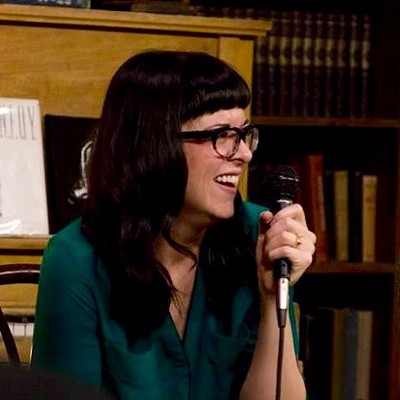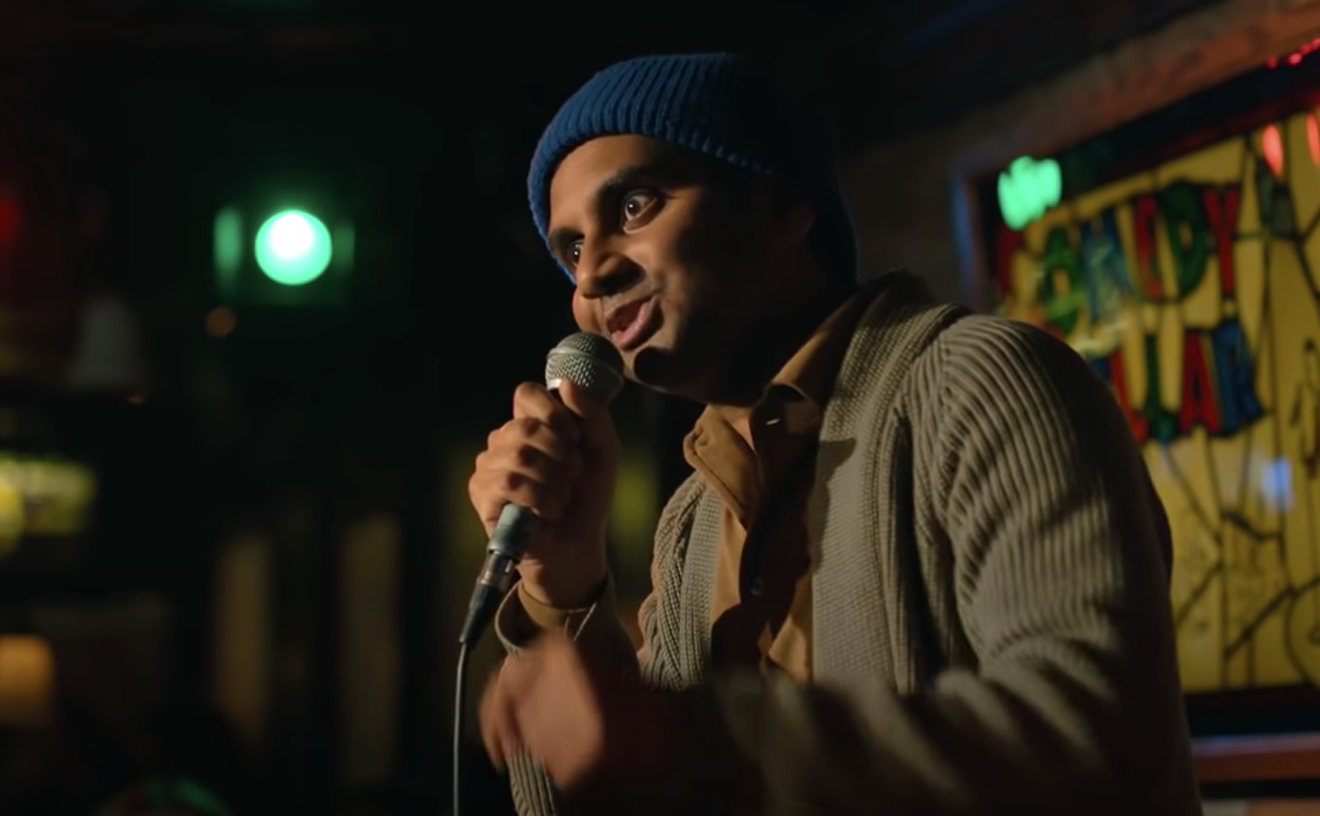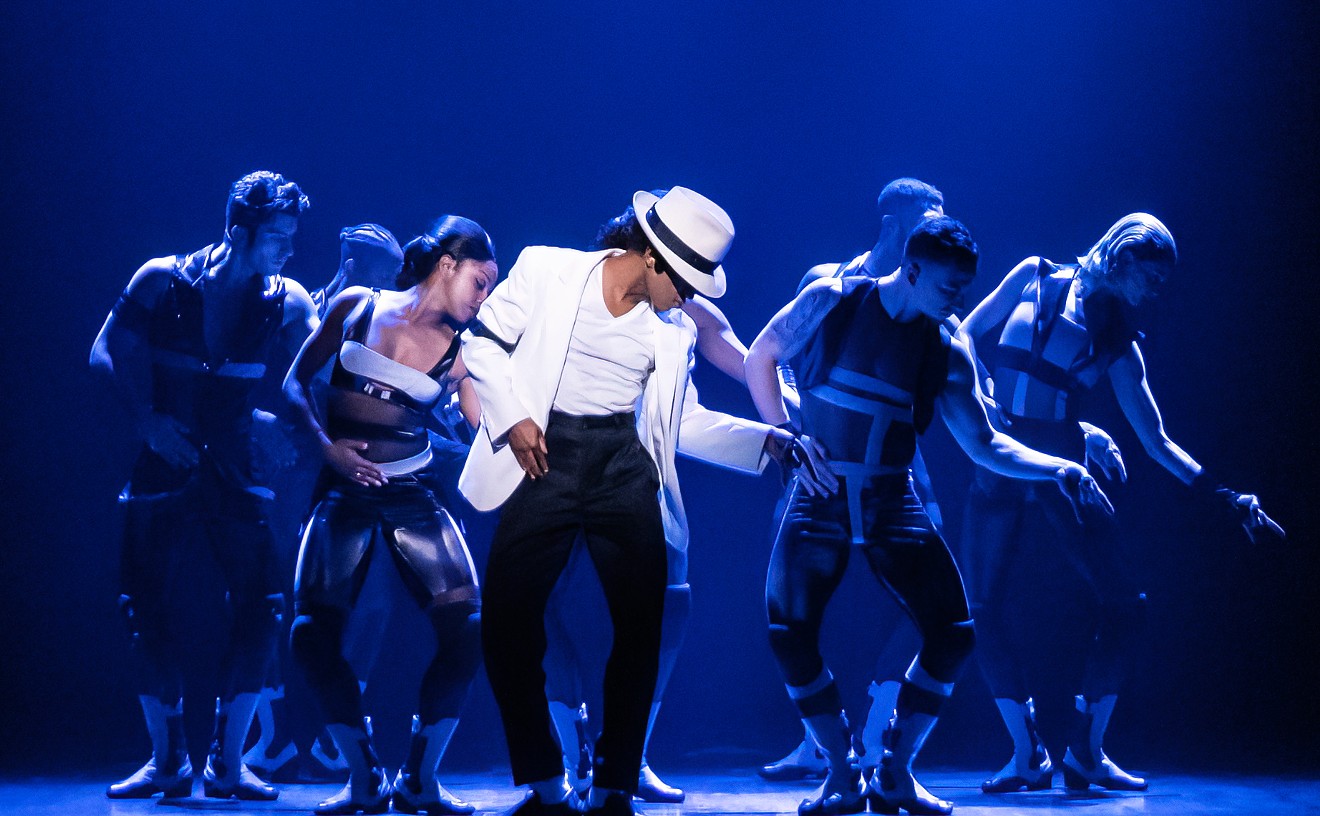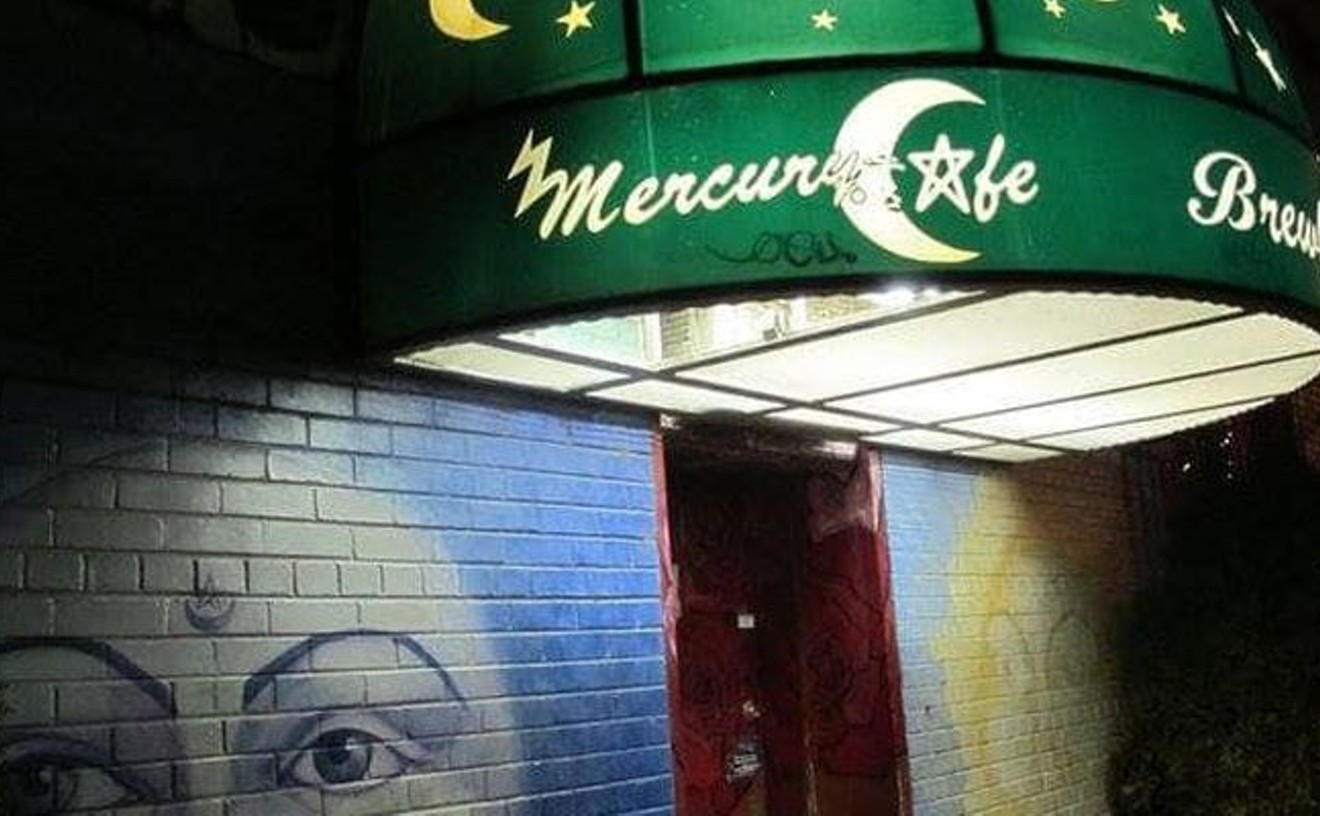It's also the subject of Denver's Lakeside Amusement Park: From the White City Beautiful to a Century of Fun, the most comprehensive history of these hallowed grounds. Westword recently spoke with author David Forsyth, who revealed some previously unknown details about Lakeside — such as the fact that the park was never called White City (a false claim even we messed up in our 2014 list "Ten things you didn't know about Lakeside Amusement Park.") There was so much more that we learned from that conversation; below we share five more interesting tidbits about Lakeside Amusement Park — followed by five questions that linger after reading Forsyth's book.
5. Lakeside was the fifth amusement park built in the metro area, and only one of two from its era to survive.
Lakeside is technically the baby of the amusement-park craze in Colorado. Elitch Gardens' original Northside location opened in 1890 (first as actual gardens and a zoological park, then as a full-fledged amusement park in 1900). Manhattan Beach on Sloan's Lake opened in 1891 (it was touted as the "First Amusement Park in the West"), Arlington Park in 1892 (on the banks of Cherry Creek bordering the Alamo Placita neighborhood) and Tuileries Park in 1906 in Englewood. Finally, Lakeside Amusement Park opened in the tiny enclave of Lakeside, northwest of Denver, in 1908.
4. The park remained segregated until 1948.
Even though local and national jazz acts and big bands featuring African-American musicians — like Colorado's own superstar violinist and bandleader George Morrison — played to sold-out crowds at Lakeside, the park itself was segregated for the first forty years. In 1925, the Ku Klux Klan held a rally at Lakeside, in the middle of Denver mayor — and KKK member — Ben Stapleton's first term. Stapleton would go on to be re-elected and serve five terms; he remains one of the most well-known figures in Denver's KKK past. Though the park itself desegregated in 1948, Lakeside's indoor swimming pool remained segregated until its closure in the 1960s.
3. Elitch Gardens and Lakeside maintained a spirited rivalry, joining forces just once in 1952.
The two Northside amusement parks were forever competing, enticing customers with sophisticated rides, the offer of fine dining and dancing establishments right in the park, and a variety of entertainment options, such as plays, live music, beauty competitions and more. But in 1952, the parks co-hosted the summer conference of the national Association of Amusement Parks, Pools and Beaches, when more than 100 park operators from around the country came to Colorado.
Speaking of the competition, both parks boast well-known and -loved wooden roller coasters: Lakeside's Cyclone started rolling in 1940, 24 years before Elitch's Twister came to be. In 1994, the full-scale competition ended when Elitch Gardens left north Denver and the century-old trees and gardens, and moved to the Platte Valley, where it was first known as Six Flags Elitch Gardens. (After Six Flags pulled out of the park almost ten years ago, the original name was restored.)
The rivalry may continue in spirit today, but the two parks could not look and feel more different.
2. The Speedway helped keep Lakeside Amusement Park profitable — and relevant.
Opened in 1938, the one-fifth-mile oval track signaled the official transition from Lakeside's more elite "City Beautiful" era to its current incarnation as a working-class gathering place. Big race nights would bring crowds of more than 10,000 people, and in the '50s, portions of Sunday night races were televised locally. Through its five decades of operation, the Speedway hosted midget racers, boxing and wrestling matches (during World War II), stock cars and Powder Puff races. With the exception of then-park owner Ben Krasner's daughter Rhoda (the park's current owner), women were not allowed in the pits — not even the Powder Puff drivers. The ban was lifted shortly before the Speedway closed in 1988.
In another financially savvy move, Ben Krasner sold a portion of the land inside the town of Lakeside to investors who wanted to build a shopping mall. Lakeside Mall opened in 1956 and would see many facelifts before it was demolished in the late 2000s. The area is now home to a Walmart.
1. The Staride became inoperable when its cars were lost in a 1973 storage fire.
Constructed in 1913, made completely of steel and thought to be the only one of its kind ever built, the Staride was the park's first Ferris wheel-type ride. For the last few decades, though, only a skeleton of the ride has stood on the grounds near the Merry Go-Round, its frame overgrown with vines and weeds and its fate a constant guessing game. When the former swimming-pool building, which was being used as storage, caught fire in 1973, the park lost the blueprints for the Staride, as well as its new drive system and all but one of the Staride's rounded, basket-style cars. That ended the ride's reign as one of the oldest in the park. The Whip, also installed in 1913, still operates today.
And now, five questions about Lakeside:
5. What's inside the Casino building?
Attached to Lakeside's iconic Tower of Jewels, the Casino building has long been a big white ghost on the park's grounds. Its ornate architectural details are barely concealed under layers of paint, and the hulking structure stands as a giant reminder to Lakeside's grand past — a past that is surely worth re-examining in the 21st century. Seriously, just visualize this description of the casino building from Forsyth's book:
The casino was three stories, with the lower floor exposed on the lake side, but from the Sheridan Boulevard side only two stories showed. The lower floor housed the rathskeller, designed after the old German style, kitchen, ice cellar and storage rooms, with the overhanging roof supported by elaborate plaster columns. The second level held two dining rooms; one was enclosed for winter dining as the original plans called for the Casino to be open year round. The main dining room was open and allowed guests to look out on the lake and enjoy the "mountain breezes, cooled by 'the Snows five thousand summers old'" while eating off of fine china with "Lakeside Casino" printed on it. The third level held a rooftop garden and a small theater.4. Are there any plans for the Lakeside Speedway?
After reading about the Speedway's decades of success, it's hard to believe that Lakeside would just let the historic midget- and stock-car racing park waste away. But there it sits, year after year, captivating urban explorers with its empty bleachers and wooden sign resting on the ground while the paint in Pepsi colors fades away. Though the Speedway has been closed for almost thirty years, people who weren't even alive during its glory days are still eager to see what it's all about — and those who saw it in action surely have stories to tell.
3. Will the lake ever be used again as its own attraction at Lakeside?
Part of the lasting appeal of this park is its scenery — and Lake Rhoda plays a big role in that. There's no beating the view from the miniature steam train at night, when it travels the track and lets passengers take in Lakeside's neon majesty from across the water. Decades ago, speedboats were a part of the daytime action — as evidenced by the roped-off dock and bleachers to the north. And long before that, Lake Rhoda was a bathing beach and swimming hole. Will Lake Rhoda ever again take an active role at Lakeside?
2. What's in Lakeside's future?
Every year like clockwork, a new rumor surfaces that this will be the last year that Lakeside will be in operation. And every year, the admission gates open and the rumor is put to rest. When the gossip surfaced again this summer, we called Lakeside Amusement Park's offices, and the gentleman in charge of marketing assured us that the park wasn't going anywhere.
Part of Lakeside's charm is also what makes it fodder for such rumors: To some, the park looks rundown and outdated, but for others, that worn-in and retro look is what makes the place magical. Lakeside will never be a big, shiny, corporate theme park (thank God), but its unknown future is one of its draws — so get there while you can, because who knows what next summer will bring.
1. Okay, for real. Where is Laffing Sal?
Author Forsyth says that the notorious puppet creature with the belly laugh on a recorded loop is definitely still in the park somewhere. So when can we see her? Sal's as famous as the now-demolished fun house she once guarded, and it's high time she got the homecoming she deserves.
Be my voyeur (or better yet, let me stalk you) on Twitter: @cocodavies











